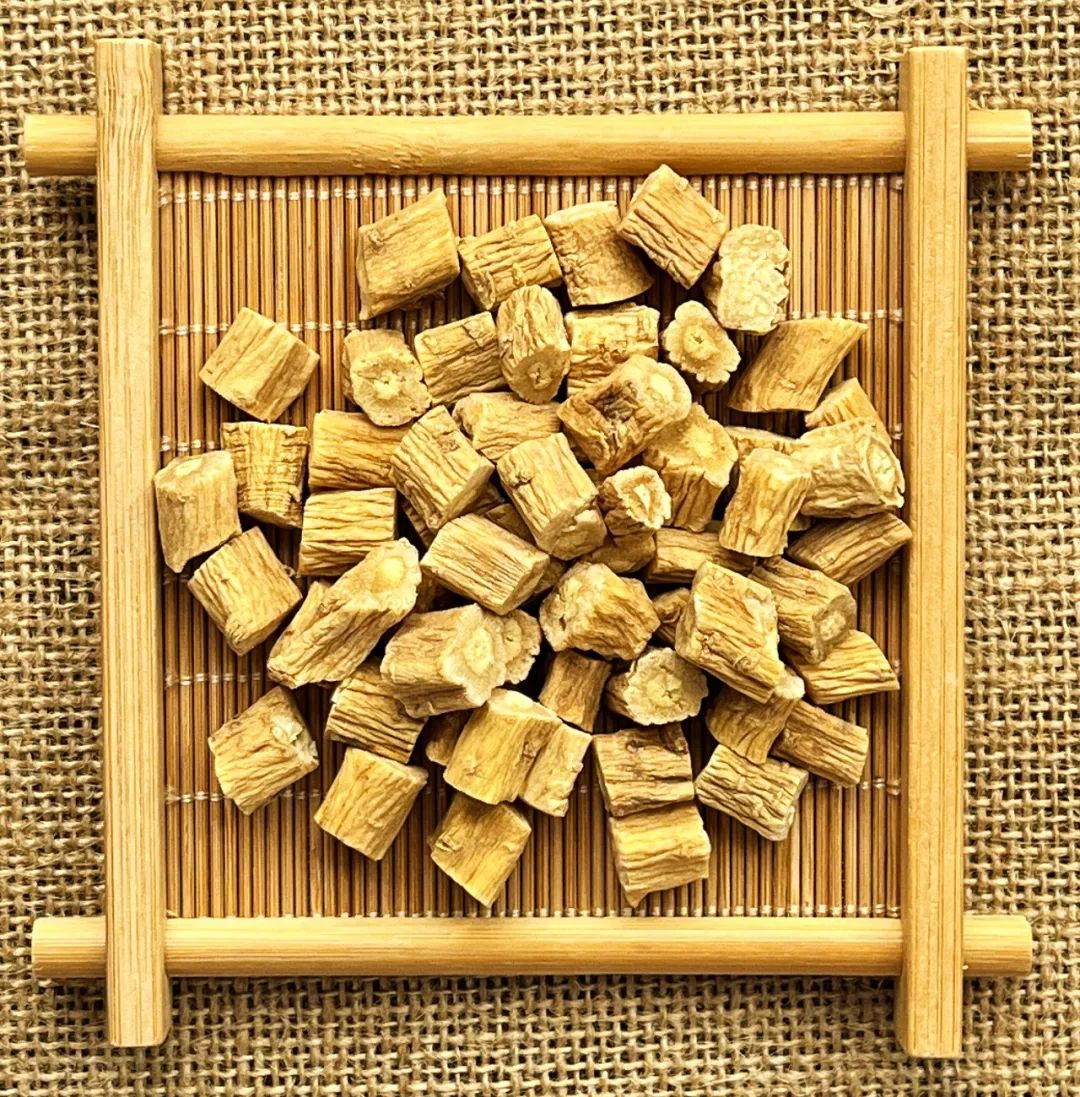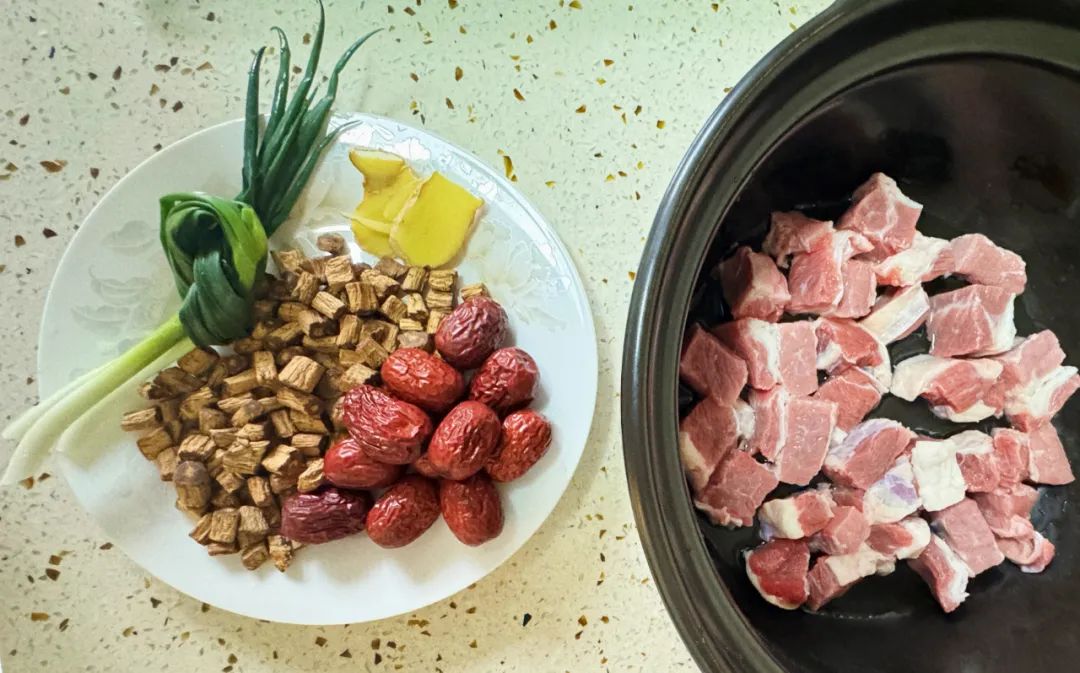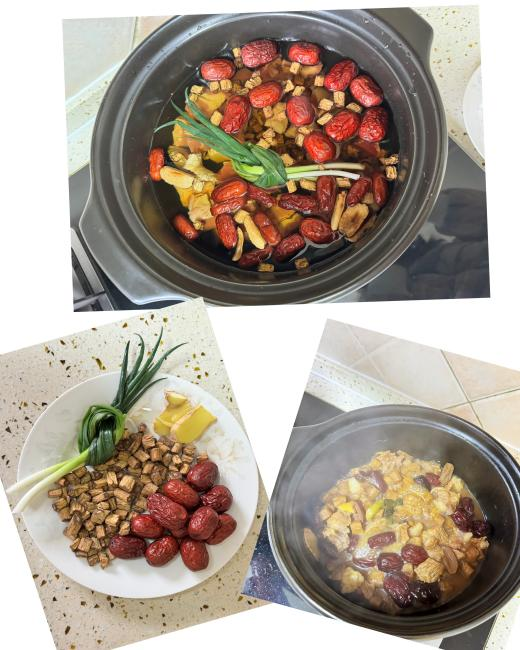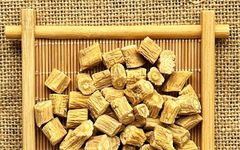

Traditional
Chinese
Medicine
Health

Codonopsis (Dang Shen) is a commonly used traditional tonic herb in China, also known asLu Dang, Tai Dang, and is a perennial herbaceous plant.
[Source]: The dried root of the Codonopsis pilosula, also known as Codonopsis tangshen or Codonopsis lanceolata. Harvested in autumn, cleaned, and dried.
[Properties and Channels]: Sweet, neutral. Enters the Spleen and Lung meridians.
[Functions and Indications]: Tonifies the Spleen and benefits the Lung, nourishes blood and generates fluids. Used for Spleen and Lung Qi deficiency, poor appetite, fatigue, cough with shortness of breath, insufficient Qi and blood, pale complexion, palpitations, shortness of breath, thirst due to fluid damage, and internal heat leading to thirst.
The primary production areas of Codonopsis are mainly distributed in the arid and semi-arid regions of Northwest China, particularly in Dingxi City, Gansu Province, including Weiyuan, Longxi, Zhangxian, and Minxian, as well as in Dangchang County of Longnan City. Modern pharmacological studies have shown that Codonopsis has various pharmacological effects, including regulating blood sugar, promoting hematopoiesis, anti-fatigue, enhancing immune function, and anti-ulcer properties. It is widely used in clinical disease prevention and treatment as well as in daily health diets, making it one of the most produced and demanded medicinal materials in China.

Codonopsis slices
The efficacy of Codonopsis varies with different auxiliary materials used in its preparation. In clinical applications, Codonopsis is often combined with different processed products. Raw Codonopsis is better for tonifying Qi and generating fluids; stir-fried Codonopsis has a fragrant aroma and enhances Spleen and Qi tonifying effects; stir-fried with bran enhances Spleen and stomach harmonizing effects; honey-fried enhances moistening dryness, nourishing Yin, and tonifying Qi effects; and stir-fried with earth enhances Spleen and stopping diarrhea effects. Therefore, in clinical use, it is essential to choose the appropriate processed product based on specific symptoms and TCM patterns.
In addition to its high medicinal value, Codonopsis also has nourishing properties. In 2023, it was included in the list of substances that are both food and medicinal materials, along with nine other substances such as Dendrobium. In traditional dietary culture in China, Codonopsis has a history of being consumed as food in provinces like Shanxi and Gansu, often used in stews, teas, dishes, and wines, but should not be used with Rhizoma Veratri.
In recent years, with the country’s strong emphasis and support for the development of traditional Chinese medicine, medicinal dietary therapy, as a treasure of TCM culture, has gradually gained popularity among the public. People are incorporating medicinal materials into their diets to achieve both health maintenance and preventive treatment effects. Here are a few recommended health recipes using Codonopsis:

01
Codonopsis and Red Date Beef Soup

Ingredients: 500g beef, 50g stir-fried Codonopsis, 10 red dates, ginger, scallions, salt, and yellow wine to taste.
Functions and Indications: Tonifies the Spleen and benefits Qi; suitable for those with digestive issues and poor appetite due to Spleen and Stomach Qi deficiency.

Method: (1) Clean the beef, cut into 4 cm cubes, soak in clean water for 30 minutes until blood is released, then drain. (2) Clean the stir-fried Codonopsis, slightly soften, and cut into small pieces; clean the scallions and ginger, cut scallions into sections and ginger into slices; clean the red dates, cut open and remove the pits. (3) In a clay pot, add beef, red dates, and stir-fried Codonopsis, along with ginger slices, scallion sections, yellow wine, and water. Bring to a boil over high heat, skimming off the foam. Reduce to low heat and simmer for 3 hours until the beef is tender, then season with salt.

02
Two Flower Codonopsis Barley Tea
Ingredients: 6g stir-fried Codonopsis, 6g stir-fried barley, 3g magnolia flower, 3g Buddha’s hand flower, 3g black tea, and 2g tangerine peel.
Functions and Indications: Soothe the Liver and strengthen the Spleen, regulate Qi and resolve phlegm; suitable for those with poor appetite, chest tightness, abdominal distension, and phlegm cough due to Liver Qi stagnation and Spleen deficiency.

Method: (1) Clean and dry the stir-fried Codonopsis, stir-fried barley, magnolia flower, Buddha’s hand flower, and tangerine peel, then grind them into a coarse powder and pack into a small cloth bag. (2) Place the cloth bag and black tea into a teapot, pour boiling water over it, cover, and steep for 10 minutes before drinking.

03
Codonopsis with Green Beans
Ingredients: 400g green beans, 20g Codonopsis, scallions, ginger, Shaoxing wine, soy sauce, sesame oil, salt, and sugar to taste.
Functions and Indications: Strengthens the Spleen and harmonizes the Stomach, promotes urination and dispels dampness; suitable for those with Spleen deficiency and dampness, digestive issues, and difficulty urinating.

Method: (1) Clean the Codonopsis, soak in water until soft, slice thinly, and dry-fry in a clean, dry pan over medium heat for 1 minute, then set aside. (2) Remove the ends and strings from the green beans, blanch in boiling water with oil and salt until cooked, then drain; clean and slice the scallions and ginger. (3) In a large bowl, combine the green beans and Codonopsis, add sesame oil, Shaoxing wine, soy sauce, scallion and ginger slices, salt, and sugar, mix well, and marinate for 30 minutes before serving.

